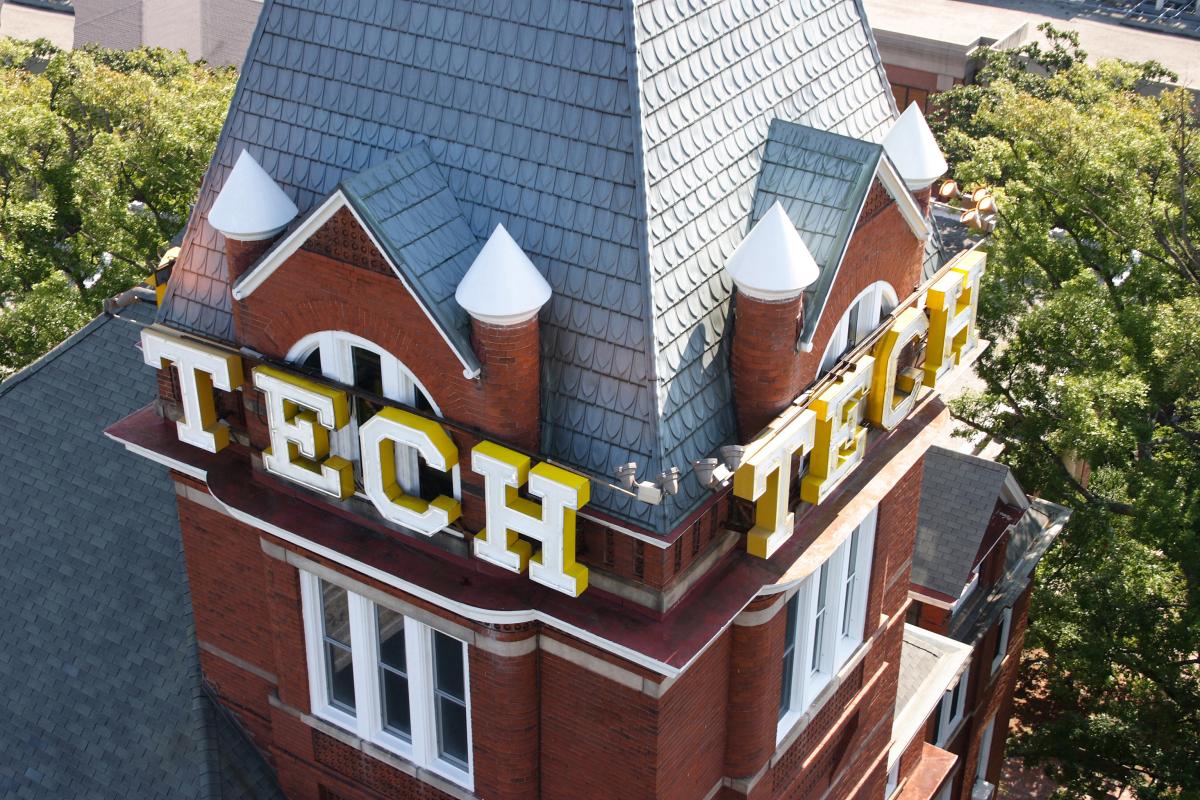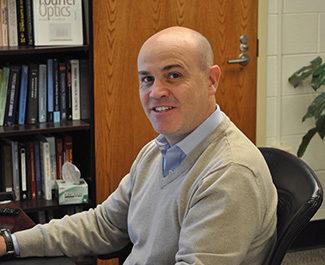
“I will be splitting my time between D.C. and Tech, where I will still work with [seven] PhD students and I am still involved in some research,” said the director of Georgia Tech’s Vibration and Wave Propagation Lab, also an ASME Fellow.
“But this is a huge departure for me. I will no longer be looking only at what my personal research interests are. I will be taking a broader look at the field, at where it is going and what it is capable of doing in the future.”
For the next year, Ruzzene and colleagues from Cal Poly and Texas Tech will be jointly coordinating NSF’s $20 million Sensors/Controls/Dynamical Systems research program -- an area that includes about 100 foundational research grants across the country. The newly formed team will develop program descriptions, review submissions, and recommend as many as 20-25 proposals for funding annually.
Check out one of the first grantees to make it through Ruzzene's review.
AE Chair Dr. Vigor Yang hailed Ruzzene’s temporary absence as a testimony to larger goals.
“This is good for Dr. Ruzzene, good for AE, and good for the entire community,” he said. “I always encourage our faculty to position themselves as contributors to the larger ideals of our field. We know Dr. Ruzzene will bring a wealth of knowledge to this assignment, and we look forward to gaining wisdom from his efforts.”
This is not Ruzzene’s first stint with the NSF. For much of the past year, he moonlighted one day a week as an NSF program reviewer in the areas of sensors and sensor systems. Though sometimes hectic, that assignment energized Ruzzene.
“I am glad that I work for a school that recognizes the need for researchers to renew their perspective,” he said.
Going forward, Ruzzene and his two NSF co-directors will create program descriptions that encourage researchers to look at the synergistic connection between sensors, controls, and dynamical systems. It’s a combination that makes a great deal of sense to him.
“If you look at airplanes, for instance, sensing tells you how the plane is flying – its speed, location, things like that. And controls tells you how to steer it, to land it. Dynamical systems looks at the systems that develop,” he said.
“Studying all of them will open up new opportunities to design better vehicles, more efficient and safe airplanes.”
Ruzzene said innovation has been stymied, somewhat, by the tendency to apply technology from one area to one that has vastly different conditions.
“Sensors that were put on airplanes to do structural monitoring in the early 2000’s turned out to be too expensive, too much weight. The problem was that they were legacy sensors – ones that were already available,” he said. “What we need to see is research on sensors that don’t already exist, sensor technology that is new. You can’t use the same sensors to monitor a bridge as you do an airplane.”
Ruzzene is quick to add that his perspective on future innovations will be contrasted and challenged by his NSF colleagues, who bring complementary perspectives to their roles. Ruzzene is ready to expand beyond his past research areas, which include structural dynamics, structural acoustics, and wave propagation (with a focus on high frequency vibrations and multi-scale modeling of complex structural components). As a reviewer, he will look for proposals that are innovative, not formulaic.
“What we are looking for are good research ideas, and we are excited to see what comes to us,” he said. “We’d rather see a proposal that focused on one area that was new than a proposal that forced all three topics into a boring soup, with no innovation.”
